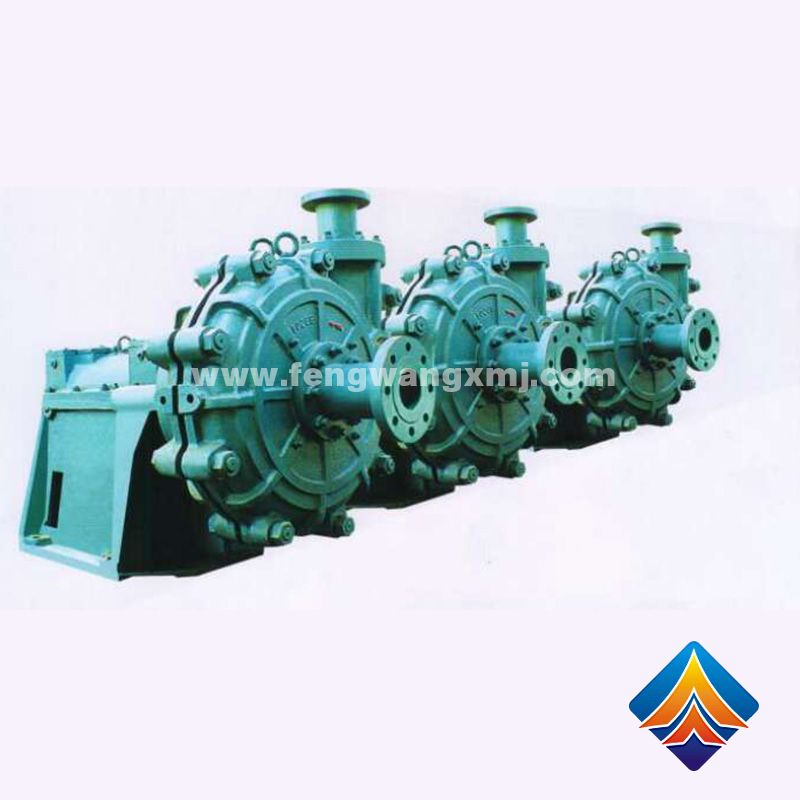Like many other machines, slurry pumps require regular maintenance to operate optimally and reliably. Without proper maintenance, the pump may fail catastrophically, resulting in unplanned maintenance, potential injury and facility shutdown. Even if they do not fail, poorly maintained pumps may lose a full 15% efficiency, causing pump owners to pay a price, reduce output and damage their bottom line. Moreover, although the pump owner and operator can perform some maintenance by themselves, in some cases, professional personnel need to be called. Don't wait for problems with your pump: customize this slurry pump maintenance guide to meet your business needs, and then follow it to keep your pump in optimal operation.
Daily maintenance
Although this maintenance list may seem long at first glance, its various projects can often be completed quickly and easily. Although they seem insignificant, these daily steps are the key to maintaining pump efficiency.
Checklist.jpg check the oil, but only when the pump is not running.
If the temperature suddenly increases or decreases, check the bearing.
Check the stuffing box and adjust as necessary.
Monitor all instruments and instruments consistently.
Look for leaks. If the drain hole of the pump casing leaks, replace the lining.
Follow up gland service pressure as changes may indicate further problems. Blocked pipes or poorly functioning stuffing boxes may change the gland working pressure.
Check the V-belt drive, especially those installed in recent days. The new V-belt will stretch and needs to be re tensioned as soon as possible.
Weekly maintenance
Don't forget weekly maintenance! Although these two tasks will increase your weekly routine maintenance needs, they are essential to track and ensure pump efficiency.
Readjust the impeller as required.
Record the meter reading.
Quarterly maintenance
Quarterly tasks involve more practical work and may require the attention of skilled on-the-job mechanics, but they may mean the difference between a well functioning pump and a catastrophic failure.
Empty the used lubricating oil and replace it with a new one.
Check the V-belt for signs of wear and ensure proper tension. Clean the V-belt and pulley groove.
Clean and oil the studs and threads on the motor base and gland.
Check the stuffing box for wear and repack.
Semiannual maintenance
Last but not least, semi annual maintenance tasks are important because they do not check the pump components, but the whole pump.
Check the whole pump thoroughly.
Clean the bearing and bearing housing and refill with new oil.
Check and flush drain and seal water pipes.
Check that the pump and motor are aligned.

Accurate and up-to-date records must be maintained using a consistent method at all maintenance stages. If more than one employee in your factory records instrument and meter readings, make sure they follow the same procedure every time, so that they can read and compare the records. Of course, if you find any change in the sound of the pump, please check the pump as soon as possible. By performing these tasks several additional times a day, week, and year, you can keep your pump running at its best - rather than dealing with poorly maintained pumps that cause problems or stop completely.
Copyright:@2020-2021
Comments Please sign in or sign up to post.
0
0 of 500 characters used